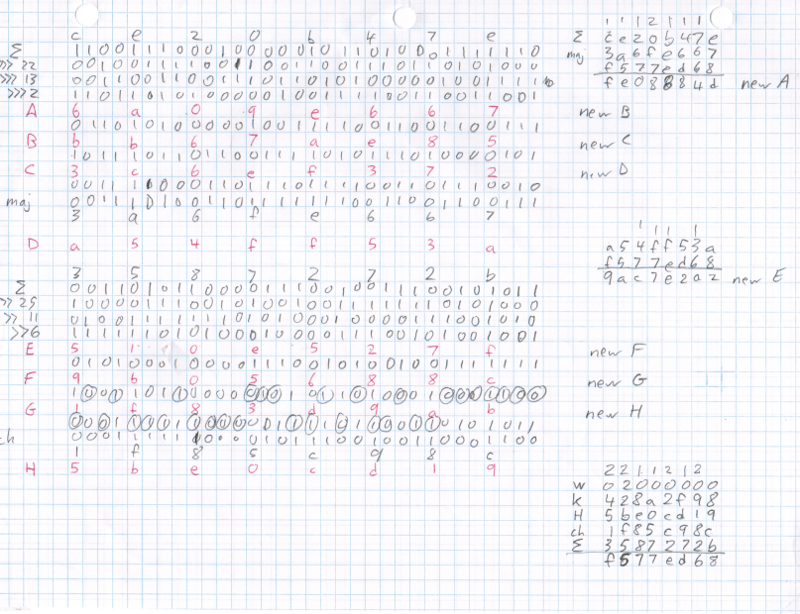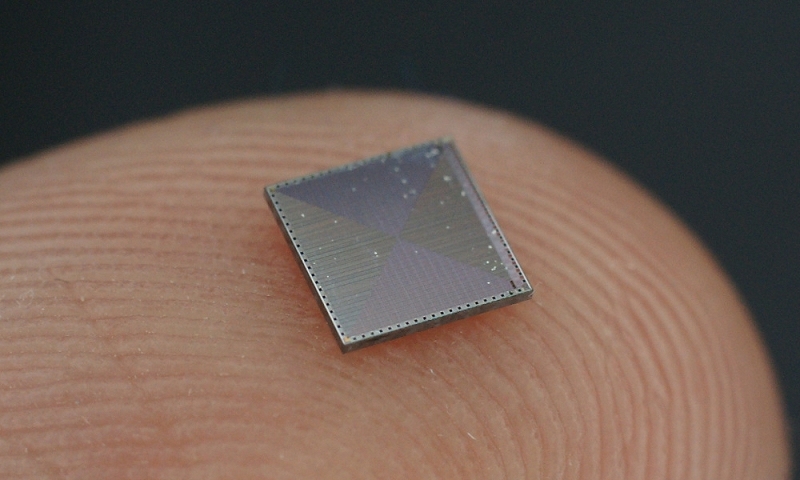
Interested in mining Bitcoin but don't have any hardware to commit to such a project? No problem, just grab a pencil and some paper and crunch the numbers by hand! Surprisingly enough, it's not all that difficult although it is terribly inefficient as Ken Shirriff recently explained.
In a blog post on the matter, Shirriff does an excellent job of describing how the mining process works in layman's terms. The math, on the other hand, is a different story so I won't even begin to describe exactly what's taking place.
As you may or may not know, Bitcoin uses a hash function called SHA-256 (actually it's applied twice for added security, a process called double-SHA-256). Since it's all just mathematic calculations, they can be done by hand as Shirriff demonstrates in the clip above.
It all breaks down to simple Boolean operations and 32-bit addition which is why custom ASIC chips are so efficient at mining. For example, the Bitfury ASIC chip you see below can mine Bitcoin at 2-3 billion hashes per second.

In comparison, it took Shiriff 16 minutes, 45 seconds to complete the first round of hashing to mine a block manually. At this rate, hashing a full Bitcoin block (128 rounds) would take 1.49 days, for a hash rate of 0.67 hashes per day. Conversely, current Bitcoin mining hardware does several terahashes per second which is roughly aquintillion times faster than my manual hashing.
Very cool? Yes. Practical? Not in the least bit.